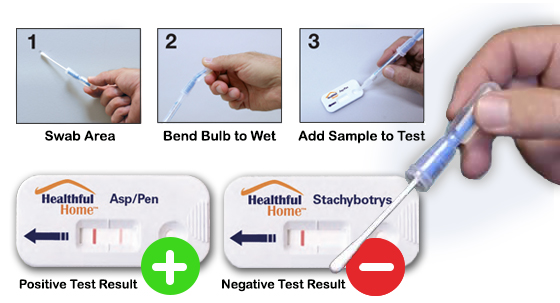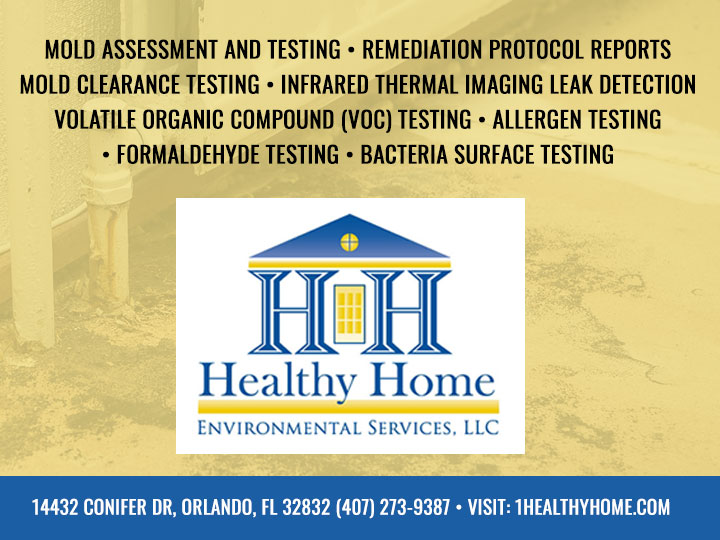The Necessity of Mycotoxin Testing in Agricultural Products to Ensure Customer Security
The requirement of mycotoxin testing in farming items is a critical facet of public wellness and security that requires extensive evaluation. Mycotoxins, toxic substances generated by specific fungi, can penetrate different crops, bring about considerable health threats for customers, such as carcinogenic results and organ damage. Normal mycotoxin testing not just eliminates and recognizes polluted items from the supply chain however also makes sure compliance with safety and security requirements and boosts consumer trust fund. Comprehending the techniques and benefits of such testing is essential to completely appreciate its value in safeguarding our food supply.
Understanding Mycotoxins
Mycotoxins, hazardous second metabolites produced by certain fungi, present a substantial danger to agricultural products and human health. These compounds are created by different varieties of mold and mildews, such as Aspergillus, Fusarium, and Penicillium, which can infect plants both pre- and post-harvest - Mycotoxin testing Services. One of the most usual mycotoxins consist of aflatoxins, ochratoxin A, fumonisins, zearalenone, and deoxynivalenol (DON)
Mycotoxin contamination can take place under details ecological conditions, such as high humidity and temperature, which prefer the development of mold. Agricultural products like grains, nuts, seasonings, dried out fruits, and coffee are especially prone. The existence of mycotoxins in these products can result in substantial economic losses due to reduced plant returns and the requirement for extensive screening and decontamination processes.
Understanding the biochemical nature and formation of mycotoxins is important for creating reliable reduction methods. Research has actually revealed that mycotoxins display a series of chemical structures and buildings, making discovery and elimination tough. Advanced analytical techniques, consisting of chromatography and mass spectrometry, are used to identify and evaluate mycotoxins in agricultural items, guaranteeing that contamination degrees stay within risk-free restrictions established by regulatory bodies.
Health And Wellness Risks of Mycotoxins
Offered the significant dangers connected with mycotoxins in agricultural products, recognizing their influence on wellness is vital. Mycotoxins, toxic second metabolites produced by fungi, posture serious threats to both animal and human health. Persistent direct exposure, also at low degrees, can lead to a variety of adverse health and wellness results, consisting of carcinogenicity, teratogenicity, and immunosuppression. Aflatoxins, among the most well-known mycotoxins, are identified as Group 1 carcinogens by the International Company for Study on Cancer Cells (IARC), mainly impacting the liver and boosting the threat of hepatocellular carcinoma.
Severe mycotoxin poisoning, although much less typical, can trigger severe and prompt health problems such as liver damages, gastrointestinal disruptions, and hemorrhaging. Ochratoxin A, one more potent mycotoxin, is linked to kidney damages and has potential carcinogenic results. Fumonisins, primarily influencing maize, are linked with esophageal cancer cells and neural tube problems.

Typical Resources of Contamination
Recognizing the usual sources of contamination is critical for efficiently handling and alleviating the threats posed by mycotoxins. Mycotoxins are harmful additional metabolites generated by specific kinds of fungi, which can contaminate agricultural products at different phases of storage space, handling, and production. The key sources of contamination consist of area conditions, post-harvest handling, and storage settings.
Area conditions play a significant role, with elements like weather condition, plant vulnerability, and soil health and wellness influencing fungal growth. Plants such as corn, peanuts, wheat, and tree nuts are specifically susceptible to mycotoxin-producing fungi like Aspergillus, Fusarium, and Penicillium species. Inadequate crop turning and poor insect monitoring can worsen the threat of contamination.
Post-harvest handling is one more critical point where contamination can happen. Mechanical damages throughout harvesting and transport develops entrance factors for fungi, while inappropriate drying out methods can leave wetness degrees high sufficient to support fungal development.
Storage environments contribute substantially to contamination dangers. Improperly maintained storage space facilities with high humidity and temperature level levels develop excellent problems for mycotoxin production. Normal assessments and appropriate storage problems are necessary in curbing this hazard.
Mycotoxin Examining Techniques
Efficient administration of mycotoxin contamination hinges not only on acknowledging potential sources but likewise on applying robust testing techniques to Source spot these hazardous substances. Mycotoxin testing techniques can be extensively classified right into chromatographic and immunochemical strategies.
On the other hand, enzyme-linked immunosorbent assay (ELISA) and lateral circulation assays project immunochemical methods. ELISA, in certain, is widely made use of as a result of its cost-effectiveness, ease of usage, and fast turnaround time. Side circulation assays offer quick, on-site testing capacities, making them suitable for field applications where prompt decisions are required.
Additionally, improvements in molecular biology have actually presented PCR-based techniques capable of detecting mycotoxin-producing fungis at genetic levels, using an description anticipating method to contamination danger. Incorporating these varied techniques boosts the reliability and comprehensiveness of mycotoxin discovery, guaranteeing that agricultural products fulfill safety and security criteria and safeguarding consumers from prospective health and wellness threats.
Benefits of Regular Evaluating

Regular mycotoxin testing provides substantial benefits that considerably boost farming safety and security and high quality. One of the key benefits is the protection of consumer health. Mycotoxins, poisonous compounds produced by certain fungi, can infect food and posture significant wellness risks, consisting of cancer and acute poisoning. Normal screening ensures that contaminated products do not get to customers, therefore minimizing wellness threats.
Furthermore, regular testing helps in preserving the stability and credibility of agricultural producers. By carefully keeping an eye on and controlling mycotoxin levels, manufacturers can stay clear of expensive recalls and lawful consequences. This not just makes sure conformity with strict international security standards yet also cultivates customer depend on and loyalty.

Conclusion
The need of mycotoxin testing in farming items is highlighted by the considerable health and wellness threats presented by these poisonous substances. It boosts the reputation of producers and fosters depend on within the agricultural supply chain, eventually guarding public health and wellness.
The need of mycotoxin testing in agricultural products is a vital aspect of public wellness and safety and security that calls for detailed assessment. Mycotoxins, hazardous compounds generated by certain fungi, can infiltrate various plants, leading to substantial wellness risks for consumers, such as carcinogenic results and organ damage.Mycotoxins, toxic second metabolites generated by particular fungi, provide a considerable risk to farming products and human health.Offered the substantial dangers associated with mycotoxins in farming products, understanding their impact on wellness is extremely important (Mycotoxin testing Services).The requirement of mycotoxin testing in farming items is underscored by the substantial health and wellness threats positioned by these hazardous substances